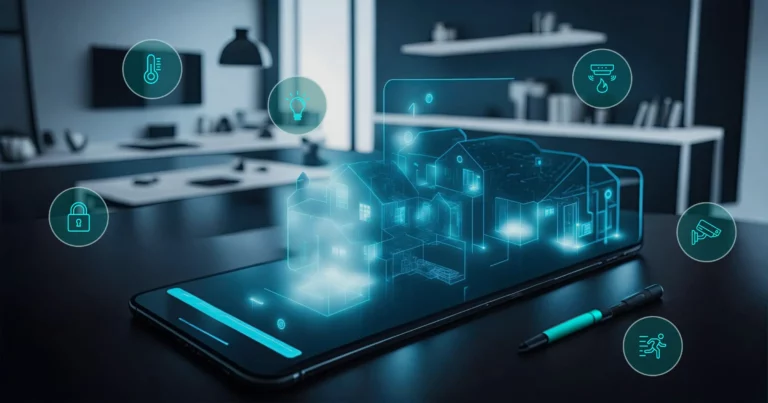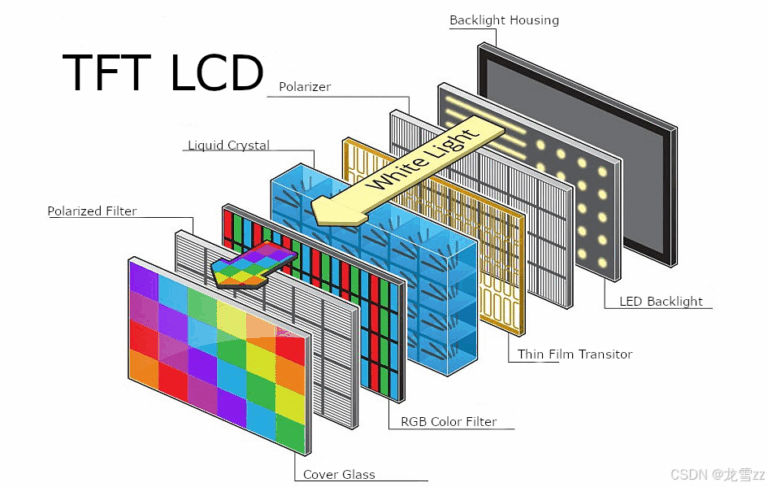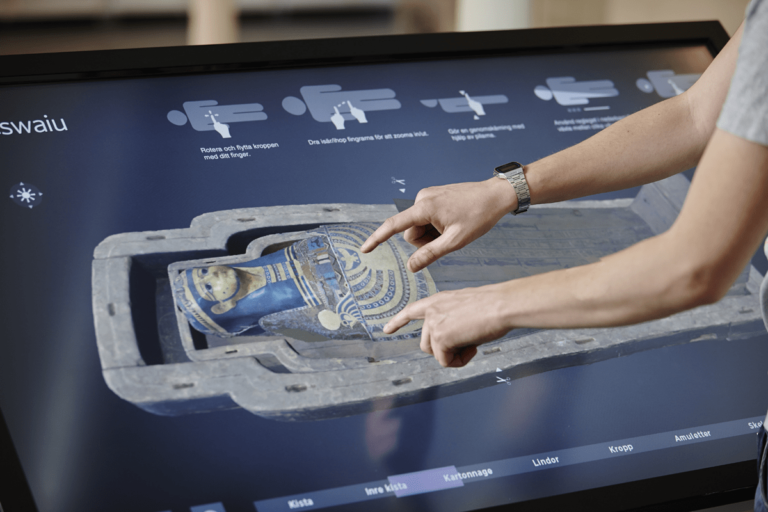- 1 Understanding Viewing Angles
- 2 Why Viewing Angles Matter in Displays
- 3 How TFT LCD Technology Affects Viewing Angles
- 4 Miles de productos disponibles en nuestro catálogo.
- 5 Different Viewing Angle Ranges in TFT LCDs
- 6 IPS vs. TN in TFT LCD Displays
- 7 Ideal Viewing Angles for Various Applications
- 8 Measuring and Testing Viewing Angles
- 9 Challenges with Narrow Viewing Angles
- 10 How to Improve Viewing Angles in TFT LCDs
- 11 Market Trends in Wide-Viewing TFT Screens
- 12 FAQs About Viewing Angles and TFT Displays
Understanding Viewing Angles
A viewing angle is defined as the maximum angle at which a display can be viewed with acceptable visual performance. It’s typically measured in degrees from the perpendicular, both horizontally y vertically.
- Horizontal Viewing Angle: Measures how far left or right you can move from the screen’s center and still see an undistorted image.
- Vertical Viewing Angle: Measures how far above or below the screen’s center you can go while maintaining image clarity.
This characteristic directly affects how users interact with devices, especially in environments where multiple people view the same screen or where the screen is installed at odd angles.
Why Viewing Angles Matter in Displays
The significance of viewing angles becomes obvious when displays are not viewed head-on. In such cases:
- Colors may shift and appear washed out or distorted.
- Contrast may degrade, making the screen unreadable.
- Brightness can drop, impacting visibility, especially in bright light conditions.
Imagine trying to check navigation from a side angle in your car, or viewing patient information on a monitor while standing beside a hospital bed. A poor viewing angle can be not just frustrating—it can be dangerous or inefficient.
How TFT LCD Technology Affects Viewing Angles
TFT LCD display screens use thin-film transistor technology to control pixels and render images. Each pixel is driven individually by a transistor, allowing for more control and sharper images.
However, traditional TFT panels—especially those using Twisted Nematic (TN) technology—tend to have limited viewing angles, due to the way light passes through the liquid crystals. In such displays, when viewed off-center, the alignment of molecules may reflect light unevenly, causing:
- Color inversion
- Reduced luminance
- Image distortion
On the other hand, backlight design and advanced panel technologies like In-Plane Switching (IPS) significantly improve these limitations.
En nuestro catálogo encontrará miles de productos.
Descubra nuestra amplia gama de productos, que incluye LCD-TFT, pantallas gráficas y alfanuméricas OLED, LCM, pantallas e-paper, escáneres de códigos de barras (integrados, portátiles, de montaje fijo), monitores industriales, ordenadores industriales (placas base, COM y SOM, sistemas integrados, ordenadores de panel HMI, SBC), pantallas táctiles capacitivas y resistivas, y accesorios (kits de desarrollo, conectores, controladores, cintas FPC/FFC, conectores ZIF).
Different Viewing Angle Ranges in TFT LCDs
TFT LCD screens are available in various configurations, and the viewing angle can differ significantly based on the type of technology used:
- Standard TFT Modules: Offer viewing angles around 60° to 90°. These are cost-effective but suffer from color and contrast shifts at off-angles.
- Wide-View TFT Modules: Engineered with enhanced alignment layers or optical films to improve range, achieving 110° to 150°.
- IPS TFT Modules: Provide ultra-wide viewing angles of up to 178°, ensuring consistent color and clarity from nearly all positions.
IPS vs. TN in TFT LCD Displays
One of the major innovations in enhancing the viewing angle of TFT LCD display screens is the IPS (conmutación en el plano) technology.
| Característica | TN Panel | Panel IPS |
|---|---|---|
| Ángulo de visión | Narrow (around 70°-90°) | Wide (up to 178°) |
| Precisión del color | Moderate to poor | Excellent |
| Coste | Lower | Higher |
| Tiempo de respuesta | Faster | Slightly Slower |
| Consumo de energía | Lower | Moderado |
For applications where wide-angle clarity is crucial, IPS TFT displays are often the best choice.
Ideal Viewing Angles for Various Applications
- Electrónica de consumo
Devices like smartphones, tablets, and televisions benefit greatly from wider viewing angles. Whether you’re sharing content or watching from a side couch, IPS TFT LCD display screens enhance the user experience.
- Equipamiento industrial
In harsh and variable lighting environments, operators may not always be directly facing the screen. Wide-viewing TFT screens ensure visibility from any angle, improving safety and efficiency.
- Pantallas para automóviles
Dashboards and infotainment systems need to be visible to both the driver and passengers. Displays with 178° viewing angles provide clear visibility regardless of seating position.
- Productos sanitarios
Multiple healthcare professionals might need to view a monitor simultaneously. Accurate and stable screen visuals ensure clear readings and avoid misinterpretation.
Measuring and Testing Viewing Angles
The industry uses standards such as ISO 9241-307 o ASTM F791 to evaluate viewing angles. Tools like goniophotometers y image colorimeters help measure:
- Luminance drop-off
- Contrast ratio consistency
- Color shifts across different angles
These metrics help manufacturers rate their displays and guide buyers in selecting the right module.
Challenges with Narrow Viewing Angles
Using a TFT LCD display screen with poor viewing angles can lead to:
- Color shifting, where colors appear differently at oblique angles.
- Contrast degradation, making dark scenes hard to discern.
- User dissatisfaction, especially in multi-viewer scenarios.
In mission-critical environments, such distortions could result in operational errors.
How to Improve Viewing Angles in TFT LCDs
There are several ways to enhance the performance of TFT LCD display screens:
- Switch to IPS Panels: These provide inherently wider viewing ranges.
- Apply Optical Films: Enhance light distribution and reduce angular dependence.
- Optimize Backlight System: A uniform and brighter backlight improves visibility from all angles.
Market Trends in Wide-Viewing TFT Screens
With the rise of smart devices and IoT applications, the demand for wide-angle TFT LCD display screens is booming. Manufacturers are developing hybrid technologiescombinando touch sensitivity, high brightnessy wide viewing for next-gen devices.
FAQs About Viewing Angles and TFT Displays
- What does 178° viewing angle mean in TFT LCDs?
It means the display can be viewed clearly up to 89° from each side of the center, both horizontally and vertically. - Is a wider viewing angle always better?
Generally, yes—especially in shared viewing or multi-user environments. But it may not be necessary for single-user applications. - Can I upgrade a narrow-view TFT to wide-view?
No, but you can replace it with a wide-view model or use enhancement films. - Do wide-view TFTs consume more power?
Slightly, especially IPS panels, due to their pixel arrangement and backlight needs. - How do I know the actual viewing angle of a display?
Check the datasheet—reputable manufacturers will list horizontal and vertical angles clearly. - Which panel type is best for viewing angles?
IPS panels are the top choice for wide and consistent viewing angles.
A TFT LCD display screen with a good viewing angle is vital in today’s multi-device, multi-user world. From handheld gadgets to industrial machines, the ability to see clearly from different positions can make all the difference in functionality and user satisfaction. When choosing a display, always consider the angle—because what you see (or don’t) can truly impact your experience.














